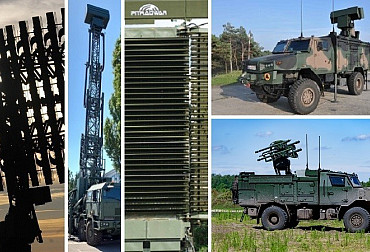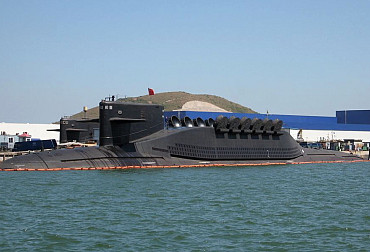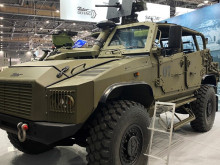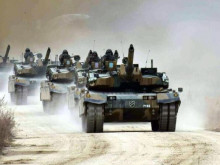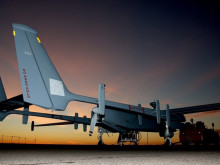Modularity and standardisation make the Lynx a forward-looking IFV choice
To become more time and cost efficient modularity and standardisation are a vital considerations for Armed Forces around the world. The ability of technology to be quickly adapted for use in various settings means constant capability and readiness for any military deployment. The combination of flexibility and survivability pursued by Rheinmetall for the Lynx KF41 makes the IFV the most modern battlefield predator on the planet, and the most forward-looking candidate for the Czech Republic’s IFV development programme.
HDF.jpg) Picture: Lynx KF 41 | courtesy of the Hungarian Defence Forces
Picture: Lynx KF 41 | courtesy of the Hungarian Defence Forces
Modular Lynx fleet
Whilst acknowledging the importance of open electrical, electronic and software architectures in upgrading armoured vehicles, Rheinmetall has paid particular attention to having open mechanical architectures and survivability systems in the Lynx KF41.
The Lynx’s huge array of possible configurations is based on a newly developed chassis qualified for a capacity of up to 50 tonnes, guaranteeing enough buffer for adaptability and upgradability for decades to come.
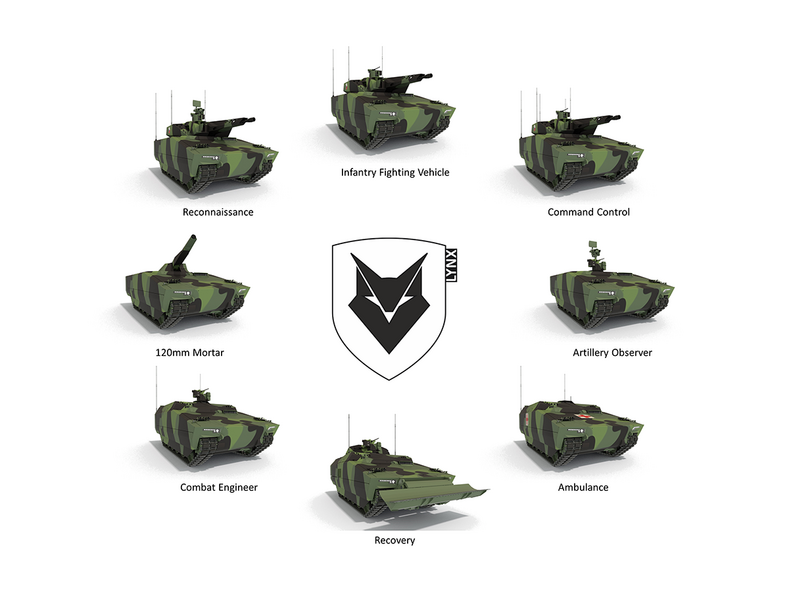
Picture: The Lynx’s huge array of possible configurations is based on a newly developed chassis qualified for a capacity of up to 50 tonnes, guaranteeing enough buffer for adaptability and upgradability for decades to come. | Rheinmetall
The vehicle architecture is based on two main components – the common Drive Module and the interchangeable Mission Module. This concept, combining a common drive line with various turreted and non-turreted mission modules, is drawn from the Boxer 8x8 vehicle produced by ARTEC, a joint venture of Rheinmetall and Krauss-Maffei Wegmann, and in service in the Bundeswehr and other international armies.
Survivability for every operational requirement
The Lynx’s various mission modules make it a formidable predator that adapt to any theatre of conflict; any terrain, any weather, and any environment whether urban or rural. The exchangeable modules ensure the right level of capabilities, lethality and survivability for any task.
For example, bringing Lynx KF41 vehicles out of a high threat urban environment where they were configured for a peace support operation role, to redeploy them to a peer-on-peer conflict where mechanized combat operations are anticipated, would involve removing the roof plate and reconfiguring the survivability systems in the hull and turret in accordance to the threat. Within a few hours, the configuration of the vehicle would be prepared against peer threats and feature extremely high agility and mobility.
Therefore, military commanders can rely on the ability of Lynx to swap mission modules during deployment in fast-changing environments.
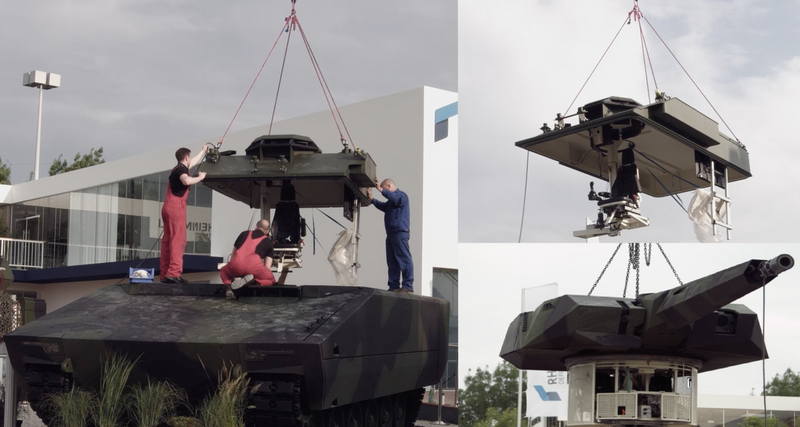
Picture: Lynx KF41 mission modules and their associated survivability systems can be exchanged quickly. | Rheinmetall
“The battlefields of today are not static – they change quickly and incorporate a huge range of terrains and landscapes,” says Oliver Mittelsdorf, Senior Vice President Sales at Rheinmetall Defence. “This makes flexibility an absolutely key requirement for modern battlefield technology. Military commanders have to be able to change tactics fast, both proactively and reactively. The Lynx’s incredible modularity allows them to do this while ensuring strong survivability and consistent lethality. This makes Lynx the logical choice for any forward-looking armed forces development programme.”
Saved time, reduced weight, sustained power
Lynx KF41 mission modules and their associated survivability systems can be exchanged quickly. The ability to reconfigure a KF41 inside a day renders obsolete the current system of implementing urgent operational requirements, which invariably result in added weight, a parasitic effect on engine output and compromised mobility and reliability. Military leaders will highly value that this modularity makes the new standard for their IFV fleet.
Video: Lynx KF41 - Next-level adaptability / YouTube
The Lynx’s reconfigurable SupaShock suspension system supports variations in vehicle weight from 34 to 50 tonnes depending on the mission module, thus avoiding traditional issues associated with increased weight such as reduced braking capability. The IFV’s powerpack with its 850 kW strong engine has ample power to ensure that speed, acceleration and responsiveness are retained when the Lynx is configured with the highest-level protection kit.
“No other IFV is as modular and adaptable as the Lynx,” says Oliver Mittelsdorf. “Yet with its common drive module, this high degree of modularity comes with no additional requirements in terms of the training of operators or vehicle performance. The combination of shared drive and modular mission systems, with changeable survivability settings and proven systems ensuring agility and ease of use across the weight range, makes the Lynx a win-win option for military leaders in the Czech Republic and around the world.”











